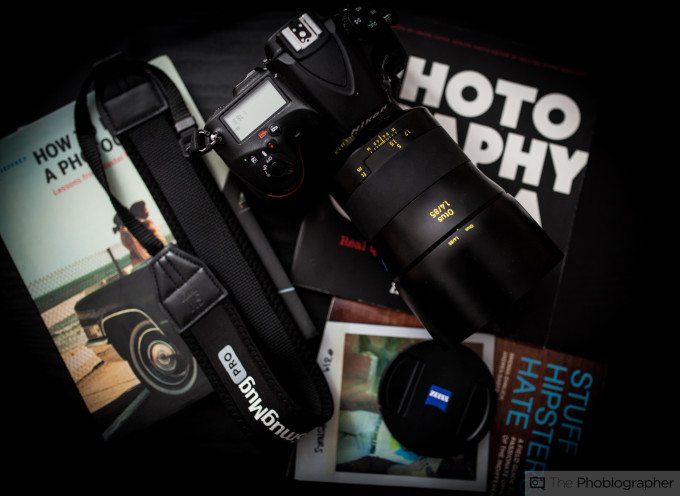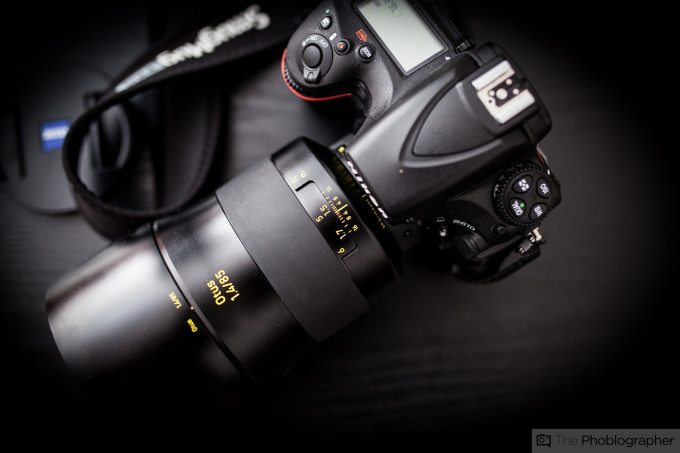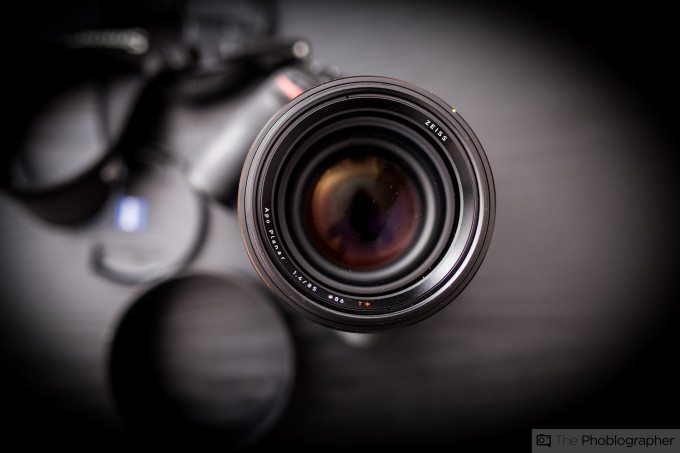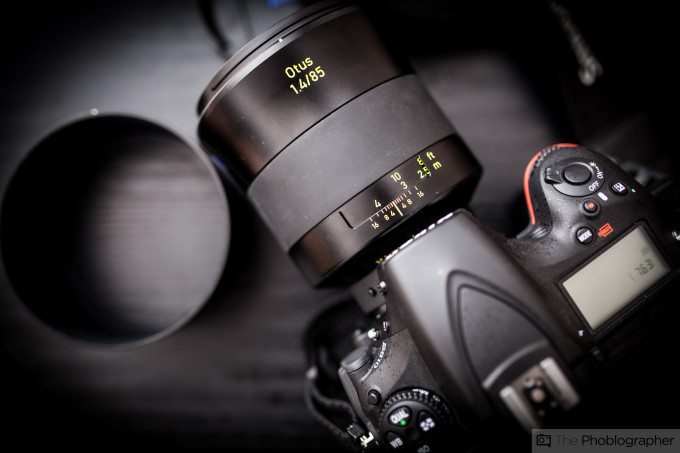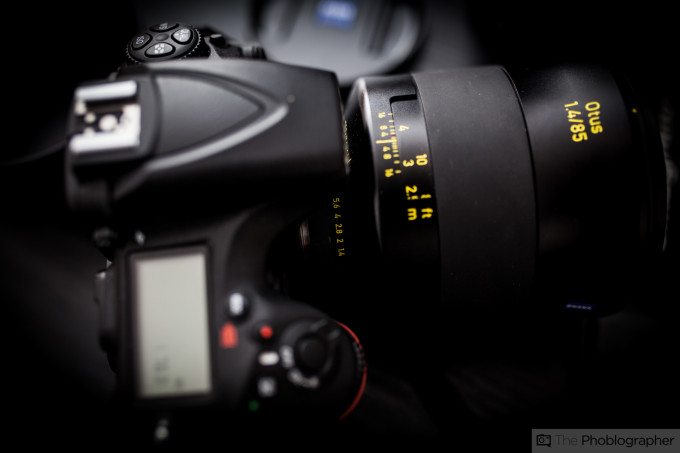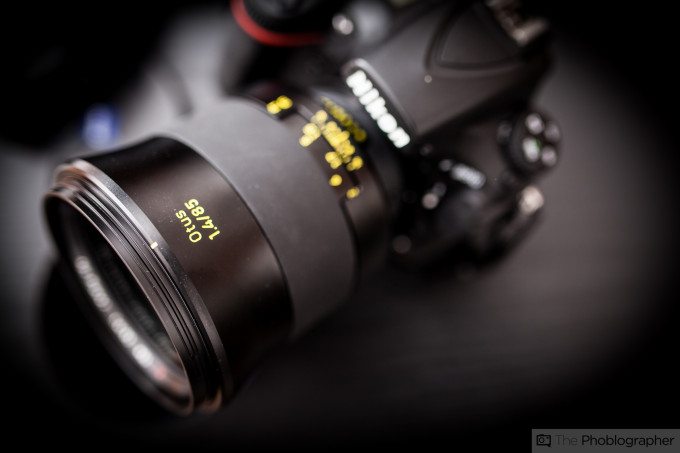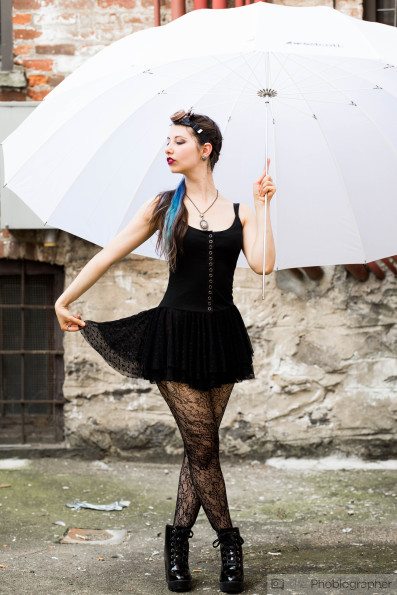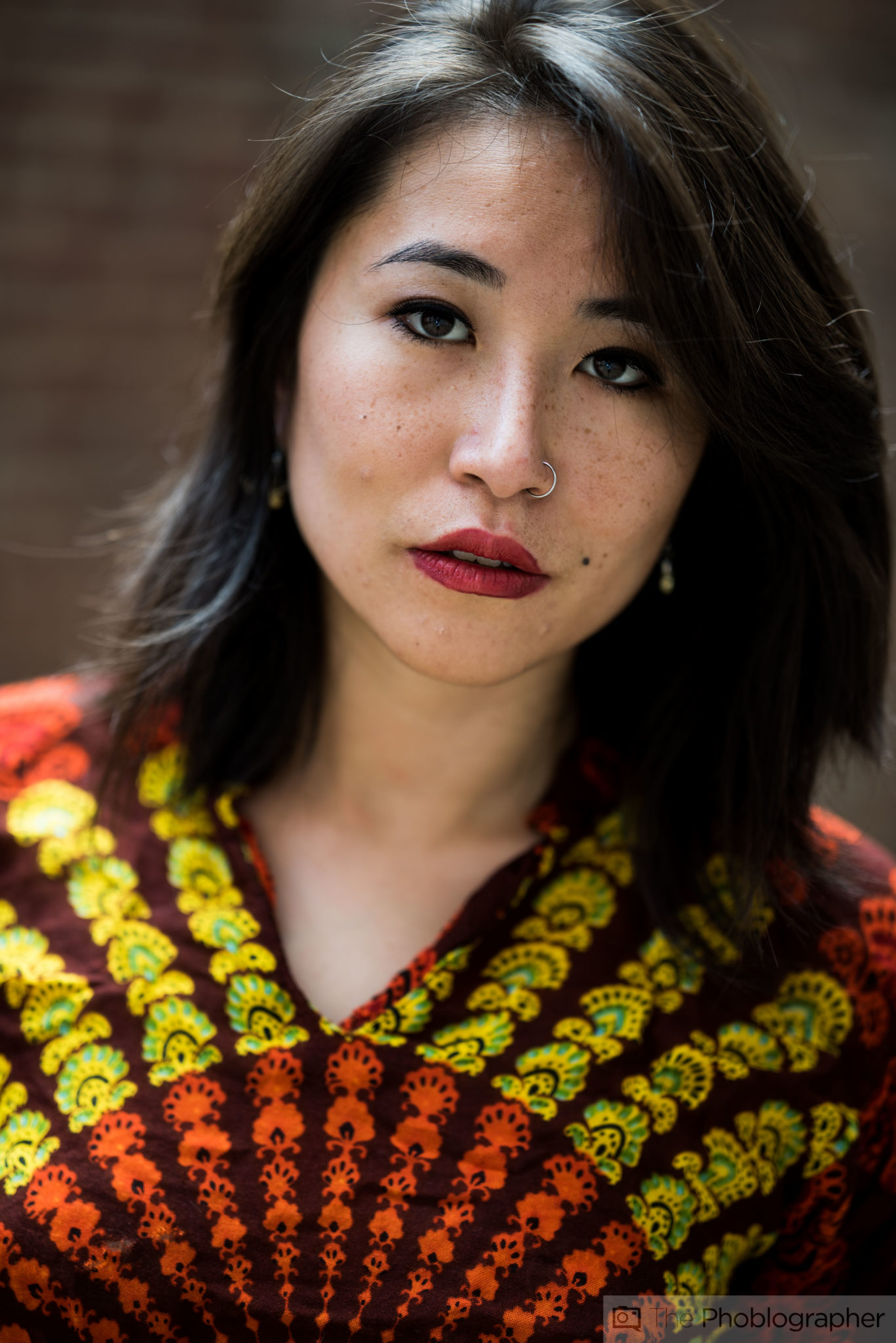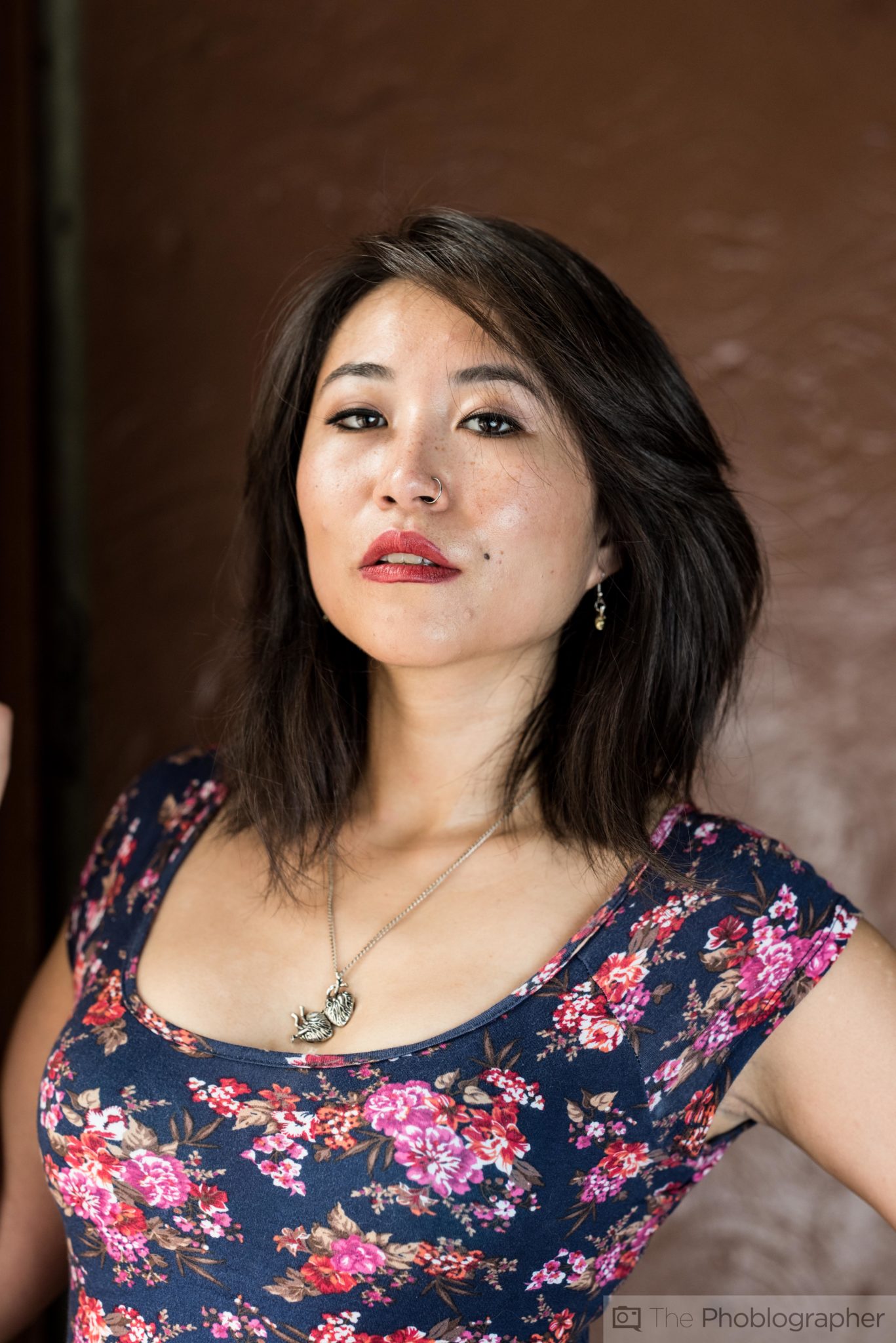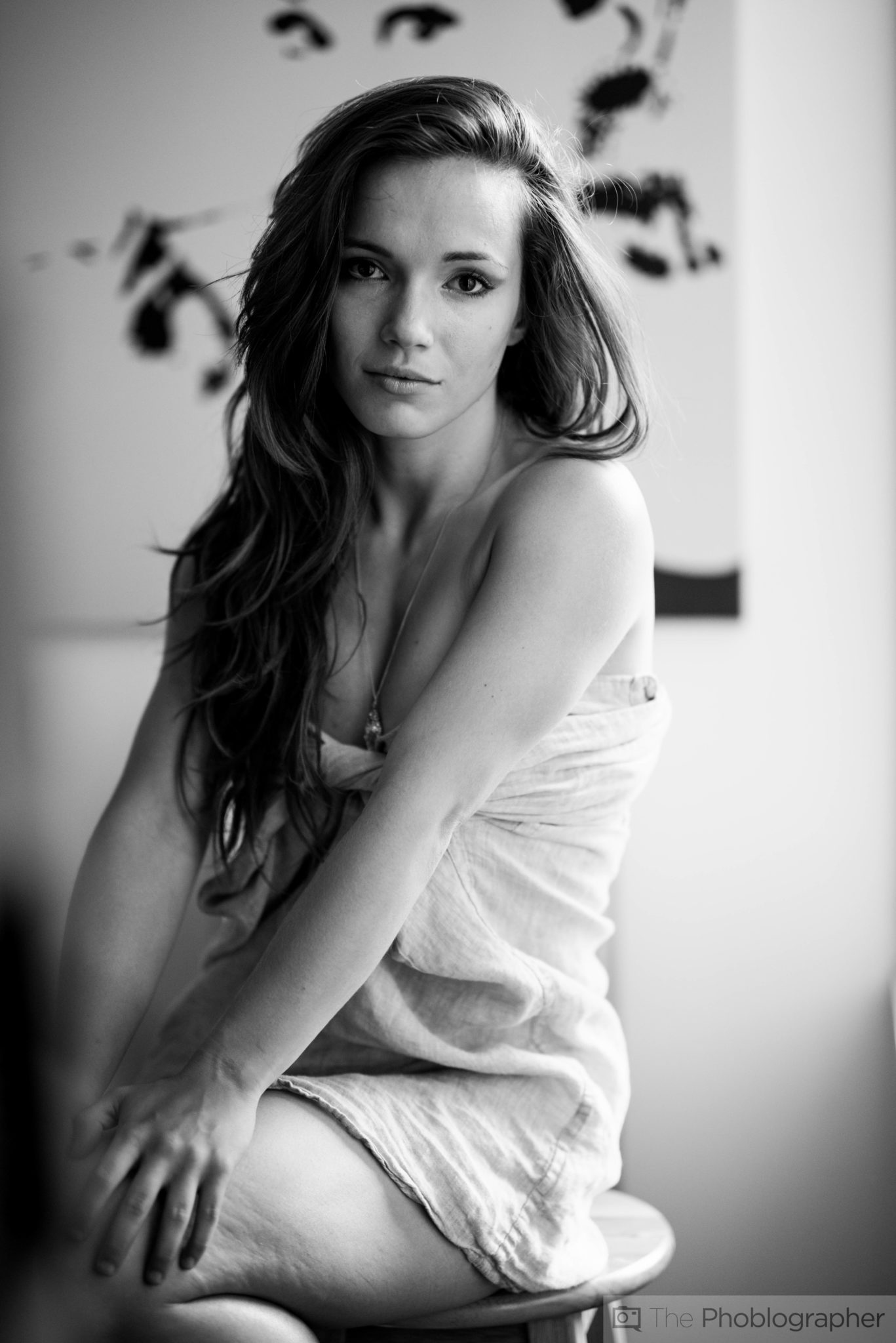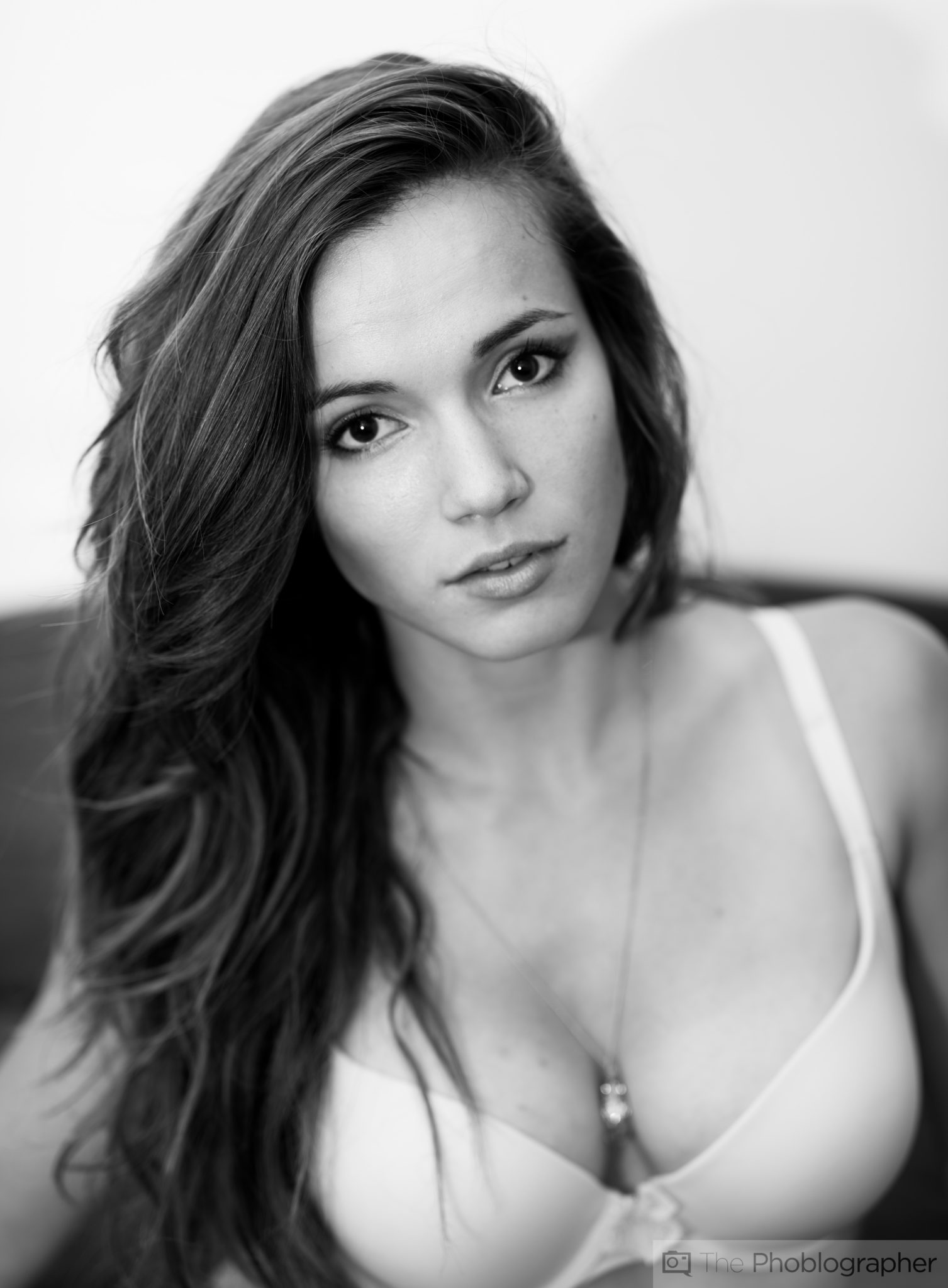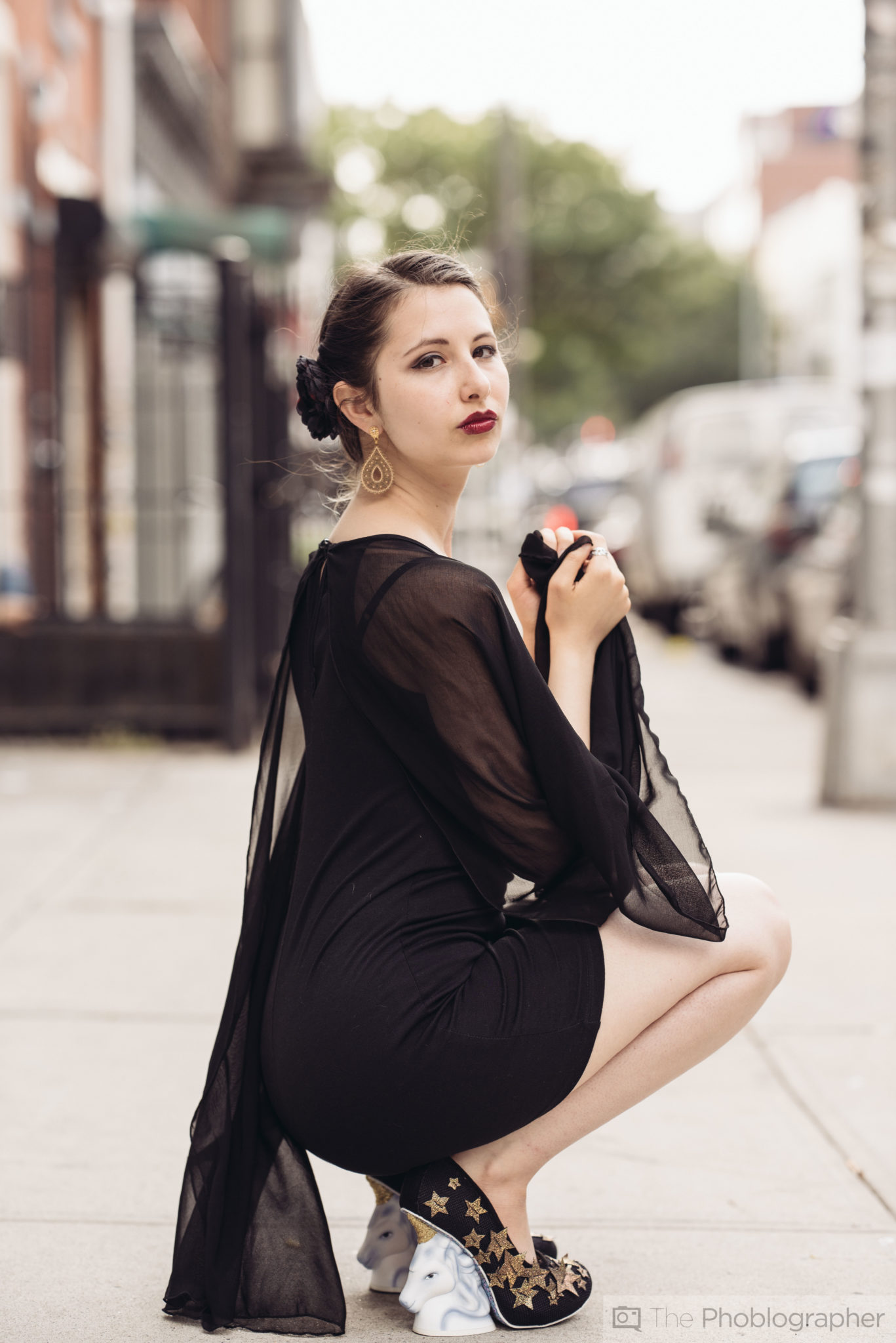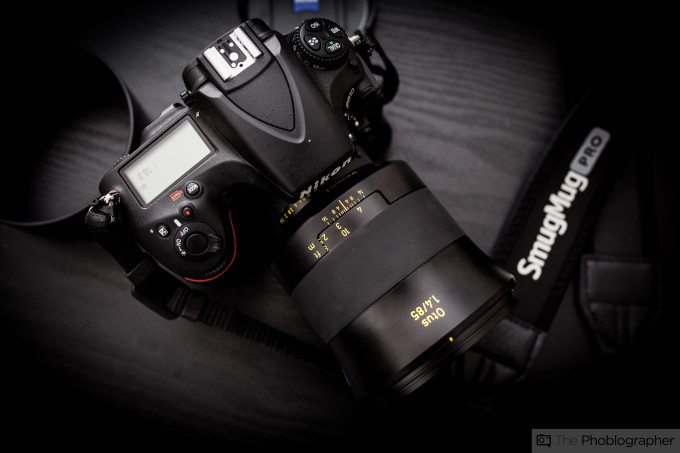Last Updated on 11/05/2015 by DigitalMGMT
For a couple of weeks now, we’ve been testing the Zeiss 85mm f1.4 Otus lens on the Nikon D810. We’ve teased some images on our Instagram and got you guys excited about what it might be. Indeed, the mystery lens was the Zeiss 85mm f1.4 Otus. Recently announced in time for Photokina 2014, the 85mm f1.4 Otus is the company’s entry into the no-compromise on image quality arena. It is the follow up and partner to its 55mm f1.4 Otus–which received our Editor’s Choice award.
The Zeiss 85mm f1.4 Otus features 11 elements in 9 groups and a massive 86mm filter thread. Indeed, this is a serious piece of glass and of considerable size.
And despite the fact that Zeiss has delivered a spectacular product, just one thing made taking images a bit tough at times.
Pros and Cons

Pros
– The sharpest 85mm f1.4 lens that we’ve tested in a while. In fact, it’s the sharpest 85mm that we’ve tested.
– Great build quality
– Excellent colors
– Most folks will get a wet dream over that bokeh
– The rubber focusing ring is starting to grow on us
– Working depth of field scale
– Beautiful overall image quality
Cons
– The tears you’ll be crying after you purchase one
– Manual focus operation proves tough at this focal length when it comes to trying to keep a subject’s eye in focus
– Heavy
– For this price, there should have been weather sealing incorporated.
Gear Used
We tested the Zeiss 85mm f1.4 Otus with the Nikon D810, Lumopro LP-180, Einstein E640, Westcott Parabolic Umbrellas, and Phottix Luna Folding Octa Softbox.
Tech Specs
Specs taken from the initial announcement post of the lens
| Focal length | 85 mm |
| Aperture range | f/1.4 – f/16 |
| Focusing range | 0,8 m (31.50’’) – ∞ |
| Number of elements/groups | 11 / 9 |
| Angular field, diag./horiz./vert. | 28.24° / 23.71° / 15.97° |
| Coverage at close range | 278,85 mm x 185,61 mm (10.97‘‘ x 7.31‘‘) |
| Filter thread | M86 x 1.00 |
| Dimensions (with caps) | ZF.2: 138 mm (5.43‘‘) ZE: 141 mm (5.55‘‘) |
| Diameter of focusing ring | ZF.2: 101 mm (3.98‘‘) ZE: 101 mm (3.98‘‘) |
| Weight | ZF.2: 1140g ZE: 1200g |
| Camera mounts | F Mount (ZF.2) EF Mount (ZE) |
Ergonomics
The Zeiss 85mm f1.4 Otus is a lens that means serious business. You can tell this from its overall look and weight. To start, the lens is pretty much all metal with the exception of the rubber ring. That ring is designed for focusing and Zeiss chose rubber because their customers complained that moving a metal ring in the cold is a bit too much for their well manicured fingers.
The lens sports a massive 86mm front filter thread. And trust us, it’s big. But indeed, the front element isn’t actually that massive. The lens also looks much smaller when the hood is removed–as is typical with longer focal lengths.
Zeiss chose yellow text on the lens the same way that they did for the 55mm. We’re not exactly sure why, but it works out nicely and distinguishes itself from other lenses that otherwise use white text.
Behind that massive focusing ring is an effective depth of field scale that actually works for a telephoto lens like this and for the Nikon version you’ll also see the aperture ring. If you’re shooting a digital body, then this is more or less useless.
Build Quality
Solid. That’s really all that you can say about a lens like this. It is made of metal and the only rubber part is the focusing ring. However, even that feels a bit beefy and nice in the hand. What we’re a bit disappointed at though is the fact that at over $4,000, this lens surely should have had weather sealing. Alas though, it doesn’t.
Focusing

Here’s the part of the review that gets really complicated. First off, you may be asking yourself why Zeiss chose to create a manual focus lens in the first place. The reason has to do with their contracts with both Canon and Nikon–which don’t allow them to make an autofocus lens but allows them to work closer with the two companies when manufacturing lenses. Despite this problem, there is focus confirmation with the lenses.
Now that that’s out of the way though, know that the Otus lenses are manual focus only. In terms of real life operation, the 55mm is much easier to work with due to being a wider focal length. The narrower the focal length, the more that can go wrong. So consider the following:
– You’re trying to focus on a subject’s eye, so you tell your model to hold still
– You crank and crank the focusing ring until your camera tells you that the eye is in focus
– As you crank, the camera and lens move up and down and maybe even your model is moving a bit
In a situation like this, we really recommend shooting with the camera and lens on a flat surface or on a tripod. We state this more for this lens than we did for the 55mm. Indeed, we found that it was easiest to shoot images with focus being on the eyes when the camera was stabilized on top of trying to hold our breath while shooting.
Trust us, it’s a lot tougher than it seems.
Ease of Use
For the most part, this is a very straight forward lens if you’re an experienced photographer–but you’ll perhaps be perplexed if you’re not as experienced. First off, it’s a manual focus lens so that can make things more complicated to start.
Know that you have a working depth of field scale though if you know how to use those.

Again though, our biggest ease of use gripe has to do with actually nailing focusing at a focal length like this. The narrower the focal length, the tougher it is to hand hold the lens while manually focusing and ensuring that your subject and intended point is in focus. Otherwise, you won’t really have a terrible problem with this lens.
Image Quality
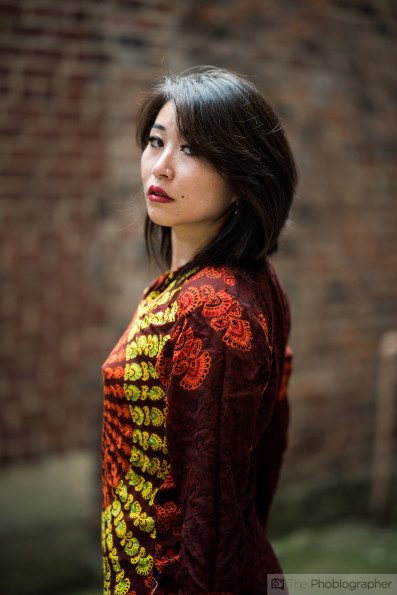
AS ALWAYS, EXIF DATA IS INTACT. SIMPLY CLICK THE IMAGES AND SEE THE EXIF DATA IN THE URL.
When it comes to pure image quality, Zeiss is all about this–and that’s the entire idea behind the Otus lineup of lenses. As such, we tested it with the highest resolution body available: the Nikon D810. And in our testing, we’re glad to say that we weren’t at all disappointed in the results that we achieved.
Overall performance when it comes to image quality is completely exemplary. Indeed, Zeiss has created the pinnacle of the 85mm lenses at this point–and they have a heck of a cost to back it up.
If we really had to compare it to the other Zeiss Otus lens, we can say that we feel that the 55mm f1.4 seems to be a tad sharper. But the 85mm is surely better for portraits. It renders images with some completely creamy and beautiful bokeh that you and your clients will fall in love with over and over again, gives you excellent sharpness with a bit of that beautiful Zeiss micro-contrast, and also has excellent color rendition. The colors aren’t too saturated and work very well for skin tones. In general though, we needed to bump up individual saturation levels when working with the images in post–but we have to expect that for a lens designed for shooting portraits.
Again though, this isn’t a lens for everyone–and to be honest we fully look forward to all the Canon L glass users that will bring up the price wars, their f1.2 aperture, and the like. But in reality, this is a lens designed for the high end photo specialist. If you’re not that person, then calm down a bit and don’t let the other trolls in DPReview’s forums get to you.
It’s just a lens afterall…and most of you reading this review won’t even consider buying it.
No really, be serious with yourself. You buy a Zeiss lens because you want that look and you also want the Zeiss experience given with manually focusing an optic. It surely is pleasing–but more so with the wider focal lengths.
Bokeh
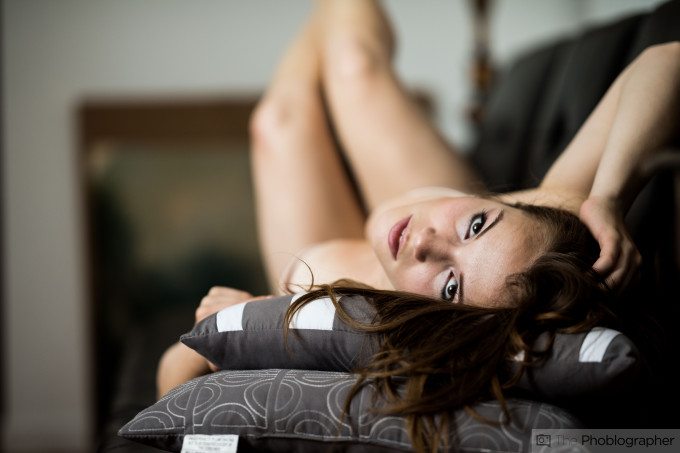
It’s gorgeous. No, really–it’s very creamy when shooting wide open and when combined with proper composition technique to really emphasize it. In addition to that, Zeiss adds micro-contrast to their lenses that make in-focus areas pop out a bit more. This both emphasizes sharpness and also puts a clear separation between the in focus areas and the bokeh. As a result, the bokeh also gets emphasized.
Personally, if I had to choose a portrait focal length to shoot with, I’d actually prefer their 135mm f2. That’s a lens that I still dream of and that I still think had even better bokeh. Granted, it’s a longer focal length, but it is also much more affordable for mere mortals.
Sharpness

We seriously haven’t seen an 85mm or portrait lens this sharp in a very long time. When I reviewed the Zeiss 135mm f2, I felt that that was the king of the portrait lenses due to its sharpness, micro contrast, and overall beauty that it offered in the images shot. But Zeiss has outdone itself again, the sharpness of this 85mm f1.4 Otus lens blows anything else out of the water in the portrait world. Granted, we still think that the 55mm f1.4 Otus is sharper overall, but they are different focal lengths.
Portrait photographers using this lens may actually appreciate the fact that it isn’t so sharp because it means that they have less work to do when it comes to retouching out imperfections. I mean, really, how many times has an actor or portrait client been so surprised and really wanted to see what their pores look like?
Still though, the sharpness really is there. But we’re not sure everyone needs sharpness like this.
As an addendum, know that many of our images were shot with a strobe to give more specular highlights and therefore emphasize sharpness even more.
Color Rendition
The color performance of this lens is great for what it is, and we wouldn’t expect it to be any better. You can get some really beautiful colors from it without too heavy of an emphasis on saturation. And for shooting portraits, that’s what we need lest the skin tones look too orange or a person’s red undertones come out too much.
We shot these images even with a vivid profile and they required very little color work with the exception of white balance fixes–and even those were incredibly minor and based on personal preferences.
While some of you may have wanted richer colors (and we all generally want those) we’re actually exceptionally happy that Zeiss didn’t do this because it in the end gave us less post-production work to do. The images in this post that were edited with presets are simply because we really liked those looks. But the others that were processed normally were solid to begin with and that’s part of what you’re paying for with a lens like this.
Of course, anyone purchasing this lens will want to do work in post-processing anyway to ensure that their images are bar none perfect.
All of this combined with the fact that you won’t have to sit there cranking up the gaussian blur to smooth out skin details means that your time looking at a computer screen will be cut down a lot.
Color Fringing
During our tests, we couldn’t find any color fringing–which is really nice because we shot some very high contrast scenes at times due to using flash. That means that you’ll surely have one less thing to deal with in the post-production phase–and that works out very well for both you, your editor, and your retoucher. But if you’re all of those people, then it just means that your post-production work has been cut down a tiny bit.
Extra Image Samples
Here are some other image samples
Conclusions
Likes
– Excellent color
– Just the amount of sharpness that we really want
– Nice feel in the hands
Dislikes
– No weather sealing
– Can be tough to focus, but is surely easier with the way that Canon’s system works
– That price
It goes without saying that Zeiss’s 85mm f1.4 Otus deserves an Editor’s Choice rating. Essentially, they took everything about a portrait lens and made it better. This lens exhibits exemplary image quality all across the board based on what is actually practical for a working photographer.
Is it a lens for everyone? Of course not. It’s a lens designed for studio and fashion work–and it really shouldn’t be used for very much of anything else. But if you have the money to get one of these or the 55mm f1.4 Otus, we’d tell you to reach for the 55mm unless you really want to get portraiture work done. Even so, the 55mm is versatile enough for portraits.
As a result, of awards the Zeiss 85mm f1.4 Otus lens a five out of five star rating. Want one? Get ready to pony up $4,490.
Recommended Cameras and Accessories
– Nikon D810: This is the highest megapixel body available to take the most advantage of the sensor, so this is really all that we can recommend at the moment.


